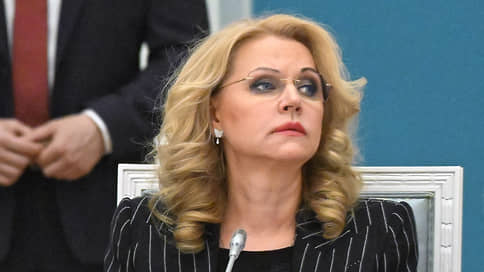Poverty will add universality – Newspaper Kommersant No. 212 (7413) of 11/16/2022
[ad_1]

From January 1, 2023, Russian low-income families with children under the age of 17 will receive a single benefit, the amount of which will be 50%, 75% or 100% of the regional subsistence minimum. The measure does not introduce new payments, but will combine seven existing ones. The introduction of a new single benefit mechanism will allow the government to complete the systematization of the approach to supporting poor families in the Russian Federation, making it as clear as possible for the final recipients.
The State Duma approved in the second and third readings the law on the introduction in the Russian Federation of a unified benefit for low-income families with children. Its adoption will make it possible to systematize and unify the rules for appointing seven types of support for the poor at once. Introduced from January 1, the measure will combine the costs of reducing poverty and increasing the birth rate, provided for by the budgets of all levels.
Recall that the government began to actively reform the system of supporting families with children in 2017 – then the rules for calculating maternity capital were changed. In 2018, a new allowance for low-income families with children and one of the first targeted birth payments appeared. In 2019, this was supplemented by a similar allowance for children aged 3 to 8 years, in 2022 – from 8 to 17 years.
However, taken together, these payments, although they covered almost all categories of those in need of material support in connection with the birth of children, could look unclear to the final recipients. Therefore, the Ministry of Labor has developed the concept of a single benefit, which, with the same mechanism of appointment, may look more understandable to the consumer.
So, families applying for a single allowance will be able to apply for a single allowance through a personal account on the public services portal, through a branch of the MFC or the Social Fund. The rules for assigning a single allowance remain the same – it is intended for families with an income of less than one regional subsistence minimum per person (using a comprehensive means assessment). The payment will also be available to pregnant women who registered early, and parents of children from the moment of their birth to the age of 17.
A comprehensive means assessment includes an analysis of the family’s property status and, as now, will take place without the participation of the applicant. It is based on the comparison by social security authorities of data on property and family income using the bases of the Social Fund, Rosreestr and the Federal Tax Service (for more details, see Kommersant of April 8). The amount of the allowance will be 50%, 75% or 100% of the regional subsistence minimum for children if the payment is assigned to a child under 17 years old. The increased amount of payments (75% and 100%) will be available to families if, when assigning the base amount, the average per capita income of the family is still less than the subsistence minimum. If there are several children under the age of 17 in a family, the allowance is assigned to each child.
As Deputy Prime Minister Tatyana Golikova said earlier, the single allowance will cover 10 million children living in families with low incomes. The expenditures of budgets of all levels for its payment next year will amount to 1.7 trillion rubles. It should be noted that with such a volume of expenditure, the task of at least maintaining the current level of poverty in the Russian Federation in the new economic conditions looks quite feasible. According to Rosstat data, the payment of benefits in its current form has already reduced the poverty rate among Russian children to 19.1% of their total number (see Kommersant of November 11).
It should be noted, however, that the final figure for government spending on a single allowance at the end of next year will be higher – the draft budget does not take into account the social obligations that the Russian Federation will have in relation to the new regions included in it from January 1, 2023. At the same time, if the number of pensioners and disabled people in these territories, according to Kommersant’s sources, has already been calculated, then for obvious reasons it was quite difficult to accurately calculate the number of children in advance.
[ad_2]
Source link






